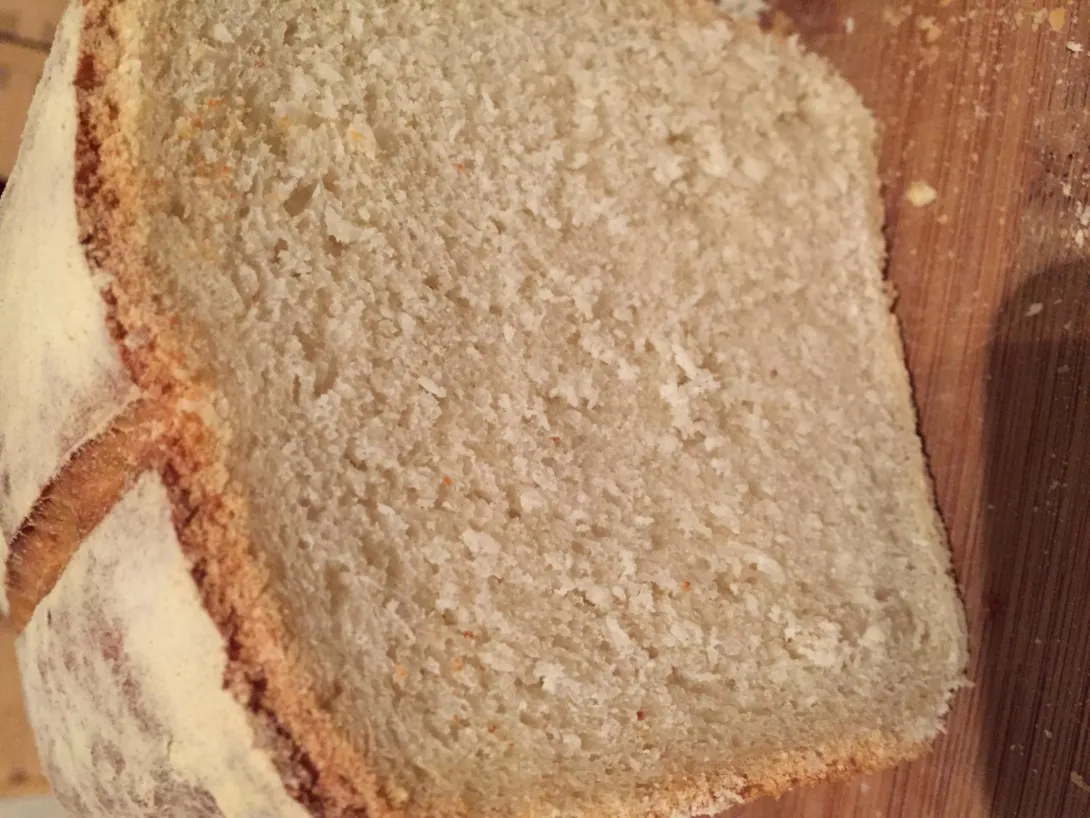
I have been trying to make a sourdough loaf for a long time now, and each time, no matter what I try to do differently, the result is the same - a tight, heavy and dense loaf.
The latest recipe I've been using is this one: http://www.jamieoliver.com/magazine/recipes-view.php?title=sourdough-bread
The dough rises well, and even seemed to have a fair bit of air in it before I knocked it out prior to a final prove - but the last two attempts have produced the same result.
I have tried about 4 or 5 different recipes now, and each time the result is the same. The crust and taste of the bread are both really good - it's the texture and density that I can't seem to get right.
Does anyone else have this problem? I'd welcome any suggestions as to where I might be going wrong.
I am currently using a starter that is about 3 weeks old and looks and smells very healthy and active.
....would be my advice. Don't treat it like a normal yeasted loaf - after the bulk ferment stage, gently shape the loaves without knocking the gas out of them. It goes against the grain if you are used to making normal yeasted bread but give it a try.
Cheers
And the recipe you shared is not totally clear on hydration level. It's probably in the text but I'm not going to hunt for it.
Have you tried one of the recipes presented on this (TFL) website?
Regards-
Dave
I agree with Dave -- I think it is likely a hydration problem, but the Jamie Oliver recipe you posted strikes me as pretty odd and inscrutable.
There are great simple SD recipes on TFL. I developed this one for my mom, as her "baseline" loaf, and I still use it all the time:
http://www.thefreshloaf.com/node/41331/i-call-confidence-loaf
Funny recipe. All over the place.
appears very pale, see if you can get more heat under the loaf during the bake. What kind of flour are we looking at? I agree with the previous comments on low hydration but flour type and baking pans/heat might also be involved.
I find it easier to think of sourdough rising as one rise interrupted with dough folding. As the dough ferments it tends to slacken and needs folds to stretch and stack the stretching dough to maintain shape. The first folding of the dough comes long before what might be called a "doubling of the dough." When a balance is obtained between increasing trapped gasses and decreasing dough strength, the loaf is baked.
This is a different concept to IDY (instant dry yeast) doughs that go through one or two bulk rises before a final proof with little deterioration of the dough.
The Jamie Oliver recipe doesn't seem to hang together all that well from my experience.
Suggest you pick a recipe from this site (TFL) and follow it - report back your results. We'll help make corrections as you make progress - something this site is well know for...,
Starting out on the right foot will get you to your goals faster than trying to sort out a half baked recipe from the internet.
Wild-Yeast